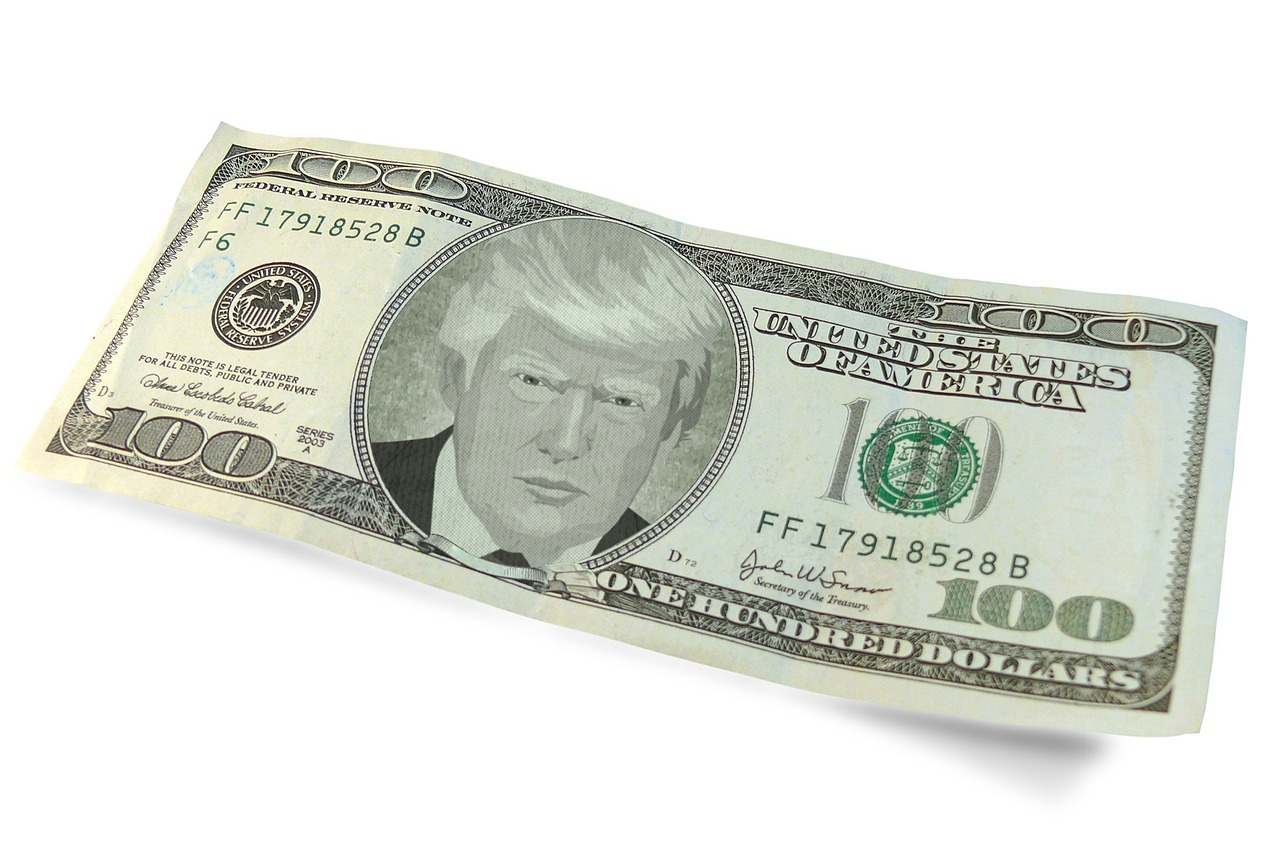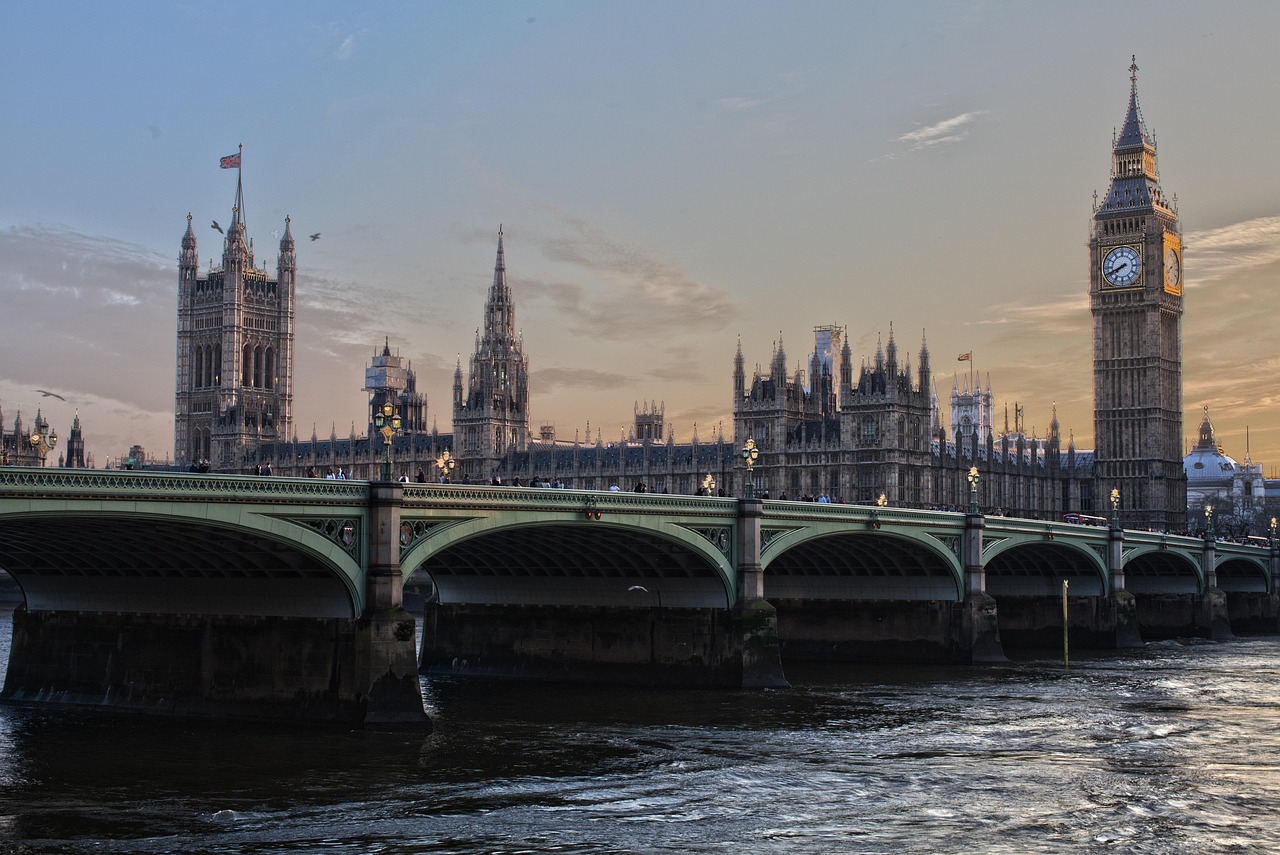 The UK’s Office for National Statistics released its monthly report on Public Sector Finances last week. The May report highlighted £14 billion of borrowing in May, £3.7 billion more than earlier forecast by the Office for Budget Responsibility.
The UK’s Office for National Statistics released its monthly report on Public Sector Finances last week. The May report highlighted £14 billion of borrowing in May, £3.7 billion more than earlier forecast by the Office for Budget Responsibility.
Buried in the small print of the report was a £5 billion rise in the costs of servicing interest on index-linked Gilts (“linkers”) – which comprise 24 per cent of UK government debt. The cost of servicing linker debt has risen in line with the dramatic increase in the Retail Price Index. Inflation bites.
May’s interest cost increase made it the most costly month in terms of interest servicing in nearly 30 years. As there is nothing suggesting inflation will suddenly moderate, it strongly suggests rising inflation will impose a long-term and increasing drag on UK government finances.
Naturally, people are concerned. They should be. Inflation crushes savers. The only good news is inflation diminishes liabilities. It means if the government borrows £100 today at 5 per cent inflation, the £100 it pays back in 10-years time will have declined to £61.39 at today’s values. Good news for the borrower, bad for the investor – who are mostly UK pension savers!
Conventional economic wisdom says the only way to fight inflation is to stem demand by raising interest rates. But that won’t immediately calm inflation – which is forecast to hit 11 per cent in Q3 2022. Nor will it address the triggers of inflation – pandemic supply chain dislocation and the energy shock of the Ukraine war.
The good news is the bulk of the UK’s £2.3 trillion debt borrowings (around 96.5 per cent of GDP) is funded by the issue of fixed rate gilts, most of which have been issued with low long-term rates. That rate won’t rise till the debt has to be refinanced. Their average maturity is around 14 years – meaning the UK will be paying minimal interest rates on the bulk of its debt for many years. On a relative basis, the UK’s debt position isn’t that bad.
The UK Treasury, which issues Gilts through the Debt Management Office, will have to pay more to issue around £150 billion of new debt through 2022, raising the amount of money government will need to service that debt. The yield on the ten-year Gilt has risen from 1.5 per cent in March this year to touch 2.6 per cent last week – and yields will probably go higher still! Effectively the UK can expect to pay one third more in interest payments on new conventional debt.
All around the world we are seeing similar events. Nations are struggling with inflation, rising interest rates, higher debt service costs on borrowing, rising bond yields, currency weakness, and how to address multiple vectors of financial instability as they try to hold their financial sovereignty together.
Currency is a key part of the equation. Since January, sterling has crashed over 10 per cent against the dollar. Why? It’s part of the Virtuous Sovereign Trinity, a simple way to explain how Confidence in a country, the value of its Currency and the Stability of its bond market are closely linked. When they are strong, they can be very strong. But, if any one of the Trinity’s legs were to fracture, then the whole edifice could come tumbling down.
The UK is a good example of what might go wrong. If confidence wobbles in the government’s ability to handle the multiple economic crises now upon us, the UK’s currency and bond markets could come under massive pressure. Investors would want a higher interest rate to account for the increasing risk of the UK, while the currency could tumble as investors sell gilts to buy less vulnerable more stable nations.
When a nation’s currency collapses, the cost of paying back debt denominated in another currency rockets. The classic crisis is countries borrowing in dollars thinking it will be easy to repay by simply exchanging their own currency. They break when the dollar moves against them.
At least the UK is financially sovereign. We control our own currency. Sterling may weaken, but we can always print more to repay debt…. Except that would certainly cause a global run on sterling as confidence in the UK would tumble. If the currency leg were to fracture, interest rates would have to rise, wobbling confidence further.
Clearly the UK has some current confidence “issues” regarding the incumbent political leadership. Such fears magnify internationally held concerns about issues like Brexit, the stability of our government, energy and food security. These are all perceived as reasons for sterling weakness, and are another reason bond yields are rising.
While the UK’s debt quantum should be manageable – Italy is somewhat different. As part of the Euro, Italy is no longer financially sovereign. It has rules on Debt/GDP to observe (and ignore). But effectively Italy borrows in a collective currency it has no real control over. It has to plead with the ECB for the right to borrow money, and relies on the ECB to announce special measures to make sure its debt costs don’t turn astronomical. Without the ECB, Italy would be heading straight for a debt crisis. So things could be far worse.
The bottom line is rising interest rates and higher inflation will all contribute to the weakness now apparent in many countries. If it weren’t for the additional problems of political instability and rising concerns about the UK to address Brexit, then the UK would look stronger than most in terms of the Virtuous Sovereign Trinity.















